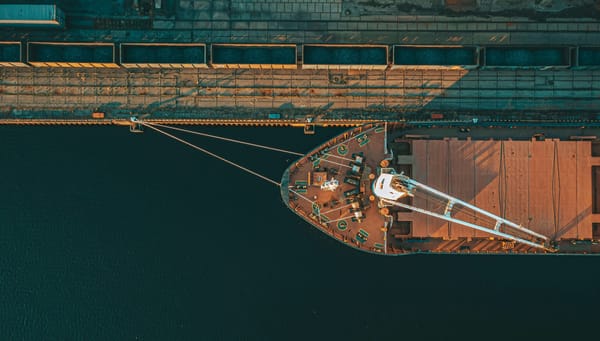What we learned about the cost of SIMP

Goldfish asked NOAA for extra time to review its estimate of how much Seafood Import Monitoring Program compliance costs US industry. In the 30-day extension NOAA gave we surveyed brokers and importers to test NOAA’s assumptions as well as our own. Here's what we learned:
It takes substantial time to connect, digitize and verify SIMP datasets.
Some brokers complete SIMP compliance for an import in 20 minutes, while others spend 8+ hours. How can this be? We’re so glad you asked!
- The volume of data for a SIMP varies dramatically based on the number of harvest events contributing to that US customs entry. If a single tuna is flown in by plane (yes, it happens), we’re talking about 1 harvest event’s worth of data. No problem, that should be done in a few minutes! If we have a container full of canned tuna, the number of harvest events could easily exceed 400. Now we’re talking about many hours, if not days of tedious, complex work.
- Some brokers use time-saving tools like requiring data in formatted spreadsheets or using NOAA’s Model Catch Certificates which lets them verify and enter data more quickly. On the other end of the spectrum, it can take a broker 20-30 minutes per harvest event to find, coordinate, digitize, validate SIMP data if it is given to them in a stack of scanned PDF documents written in foreign languages.
The bottom line is that someone is always saddled with the gruelling work of digitizing, verifying, and checking SIMP data for completeness, whether the broker or importer. Goldfish makes this process much faster and more reliable than ever before (cough schedule your demo today cough), but for NOAA's purposes we think 20 minutes per harvest event for is a fair all-purpose time burden estimate.
Way more time = way more money.
Boosting the entry filing time from 18 minutes per import to 20 minutes per harvest event drives up the cost, well, a whole lot. NOAA estimates that SIMP entry filing for the handful of species it is proposing to add in this expansion will cost industry $440k per year, but using our mid-range estimate of 30 harvest events per import that cost catapults to over $20 million per year.
NOAA, take the wheel.
After several stressed weekends creating, distributing and analyzing our SIMP cost survey we started to ask ourselves: Why?! Assessing the financial burden of a major trade regulation shouldn’t be left to a tech startup finalizing first product launch in order to get done. We did our best with the time we had because we deeply respect the work customers do and want to see importers and brokers treated fairly in the regulatory process. We passed along what we learned and hope to see it incorporated in the final rule, but what we really want is for NOAA to take the wheel. Work with industry over the coming months to produce a better industry cost estimate for SIMP than we ever could, please. They deserve it.
Read our full SIMP proposed expansion comment letter to NOAA here.





